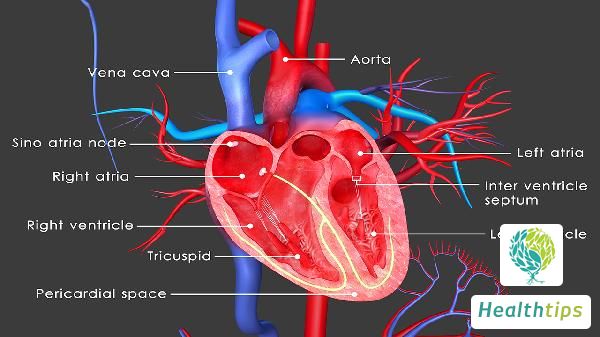What does "Interstitial Lung Changes" Mean?
Translation of the Text into English with
and

What Is Pulmonary Interstitial Change?
Pulmonary interstitial change mainly refers to the occurrence of fibrosis, calcification, congestion, edema, and other severe symptoms in the lungs. There are many causes of pulmonary interstitial change, such as long-term smoking, severe infection of the lungs due to work or environment, and diffuse fibrosis. If not treated promptly, it poses a significant threat to the patient's life.
The changes in pulmonary interstitial tissue include congestion, edema, exudation, proliferation, and even calcification and fibrosis. It can also be seen in long-term smoking, environmental pollution such as inhalation of large amounts of coal slag, dust mites, and diffuse fibrosis of the pulmonary interstitium on the basis of chronic bronchitis that has not been cured for a long time. Without proper and timely treatment and regular care, respiratory failure can occur, leading to death at any time.
What Are the Symptoms of Pulmonary Interstitial Change?
1. Dyspnea is the most common symptom, which appears only during activities in the early stage and progresses with the progression of the disease. It is generally accompanied by restrictive ventilatory dysfunction and decreased diffusion function, leading to hypoxemia.
2. Secondly, cough may occur, mostly persistent dry cough, with rare hemoptysis, chest pain, and wheezing.
3. There are also systemic symptoms such as fever, night sweats, fatigue, weight loss, skin rash, muscle and joint pain, swelling, dry mouth, dry eyes, etc., which generally indicate the possible presence of connective tissue diseases.



















